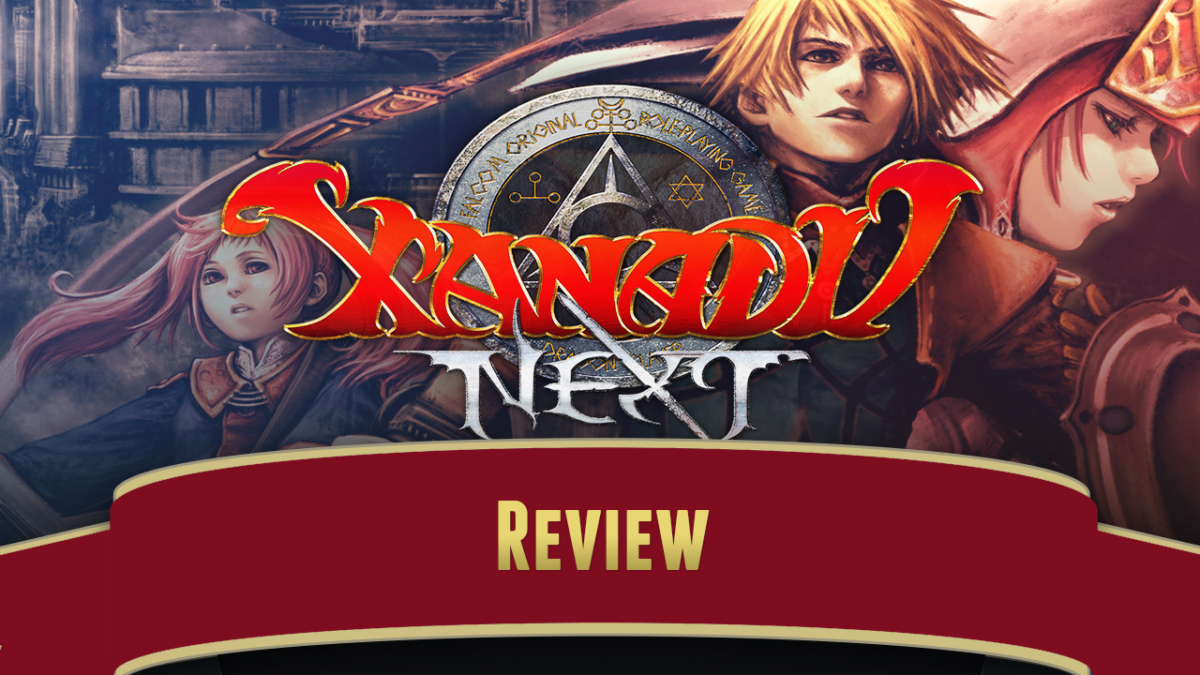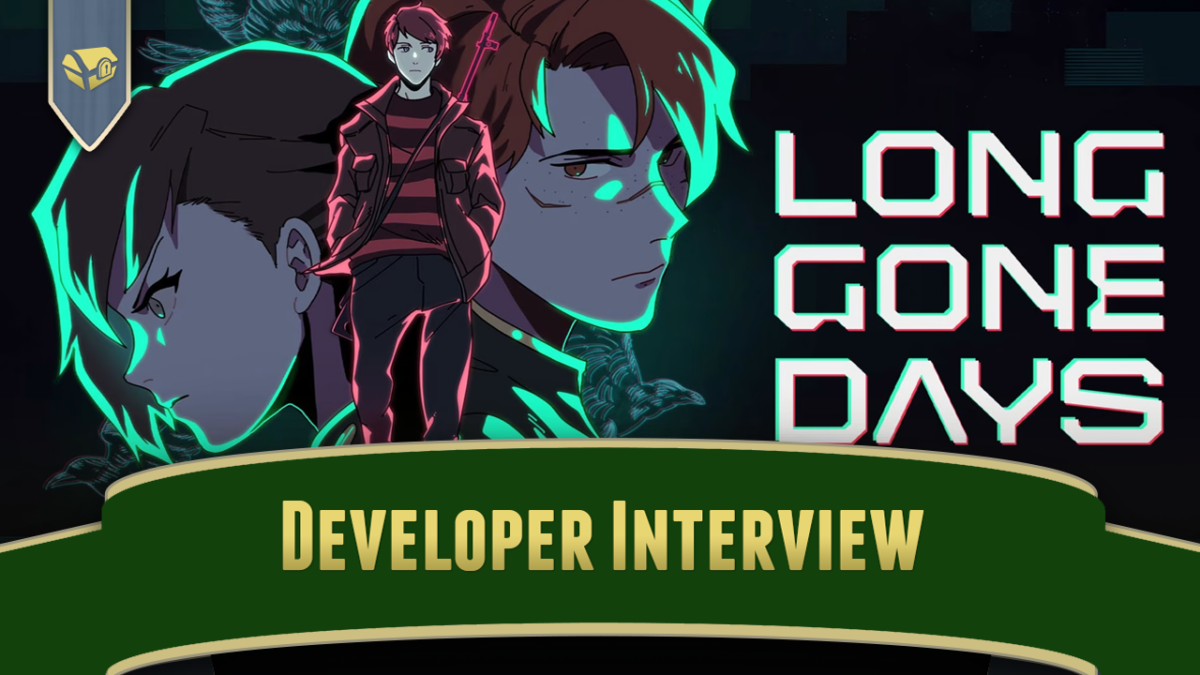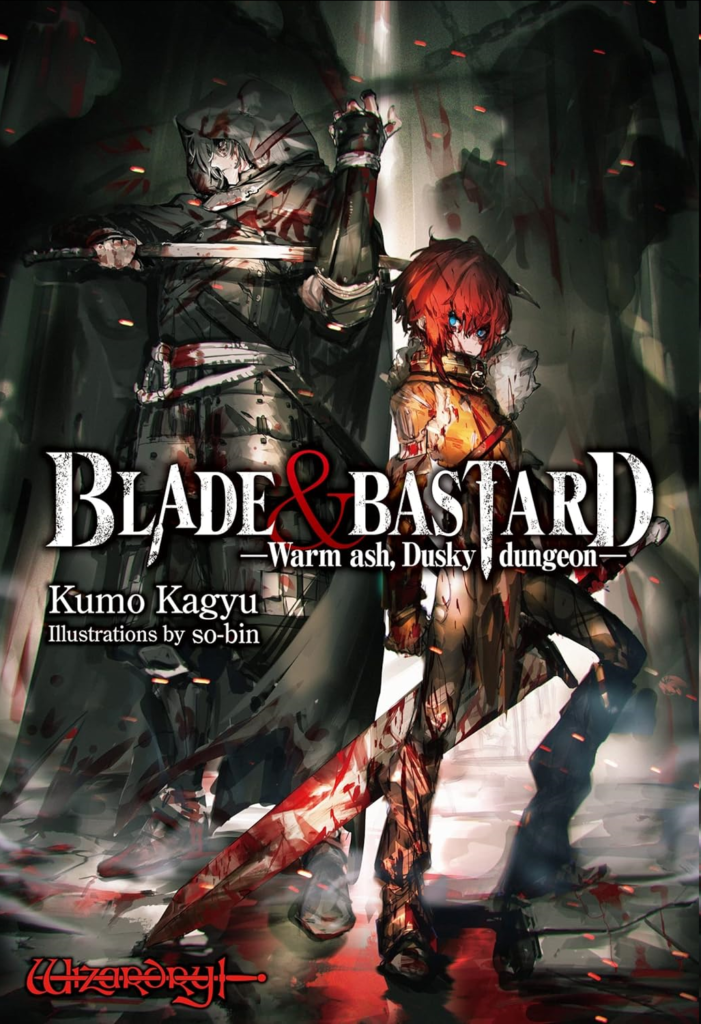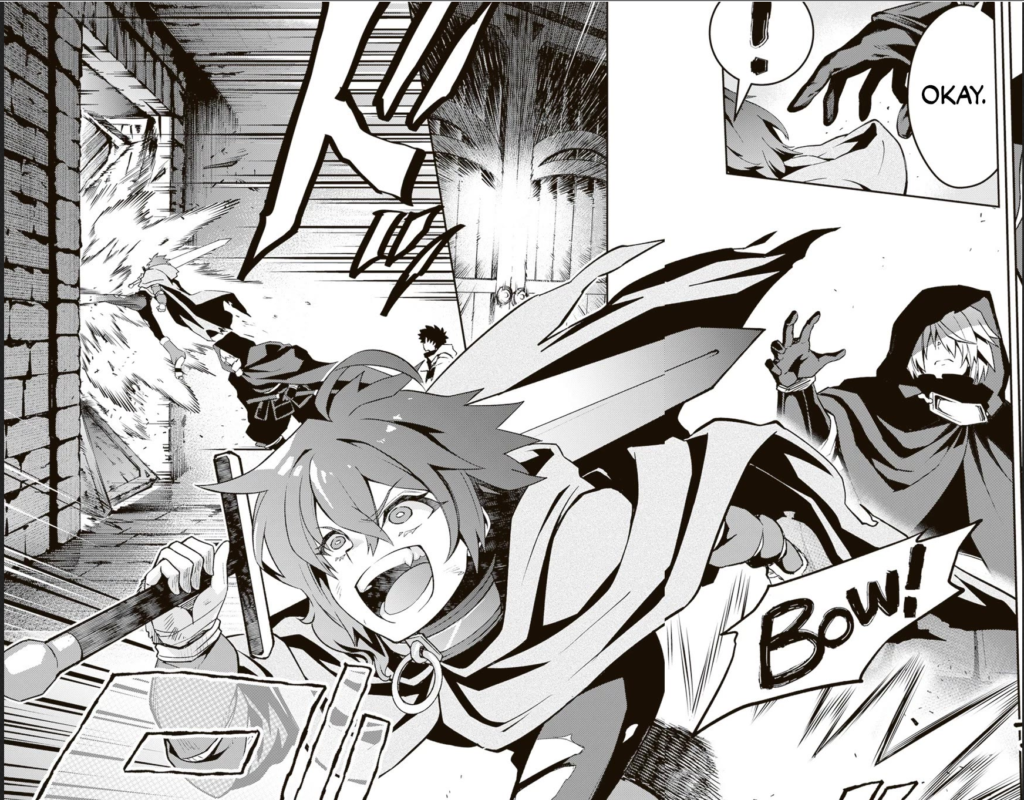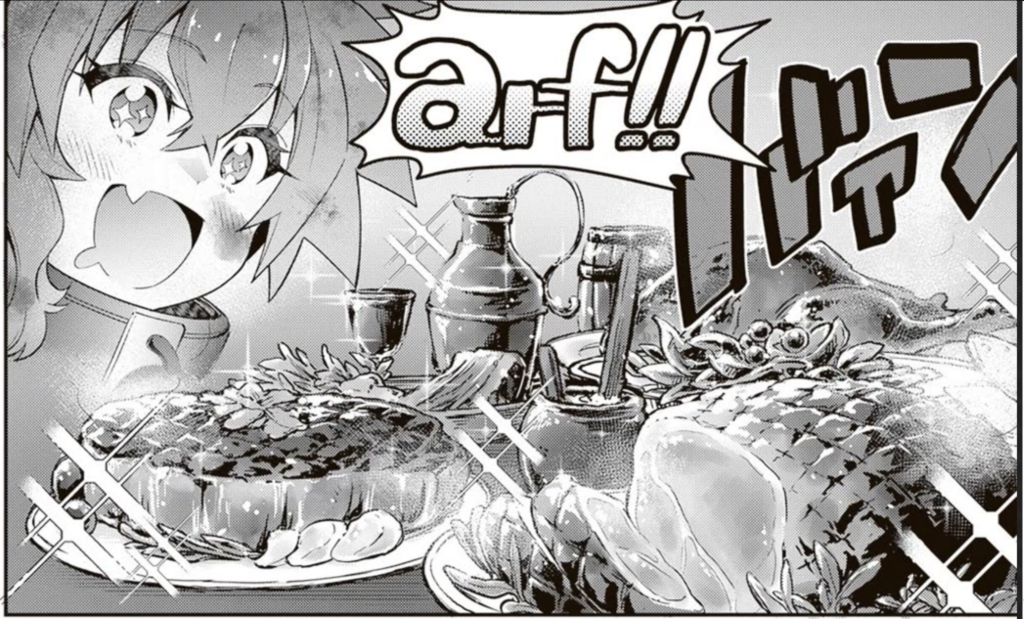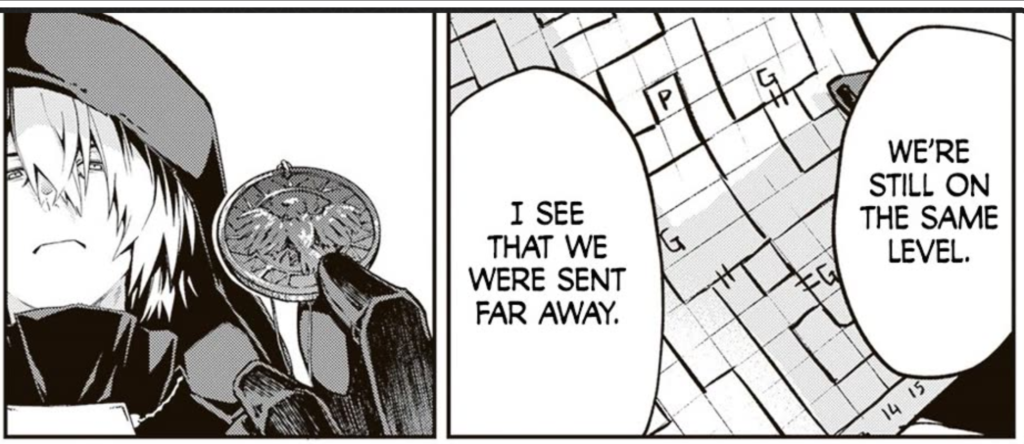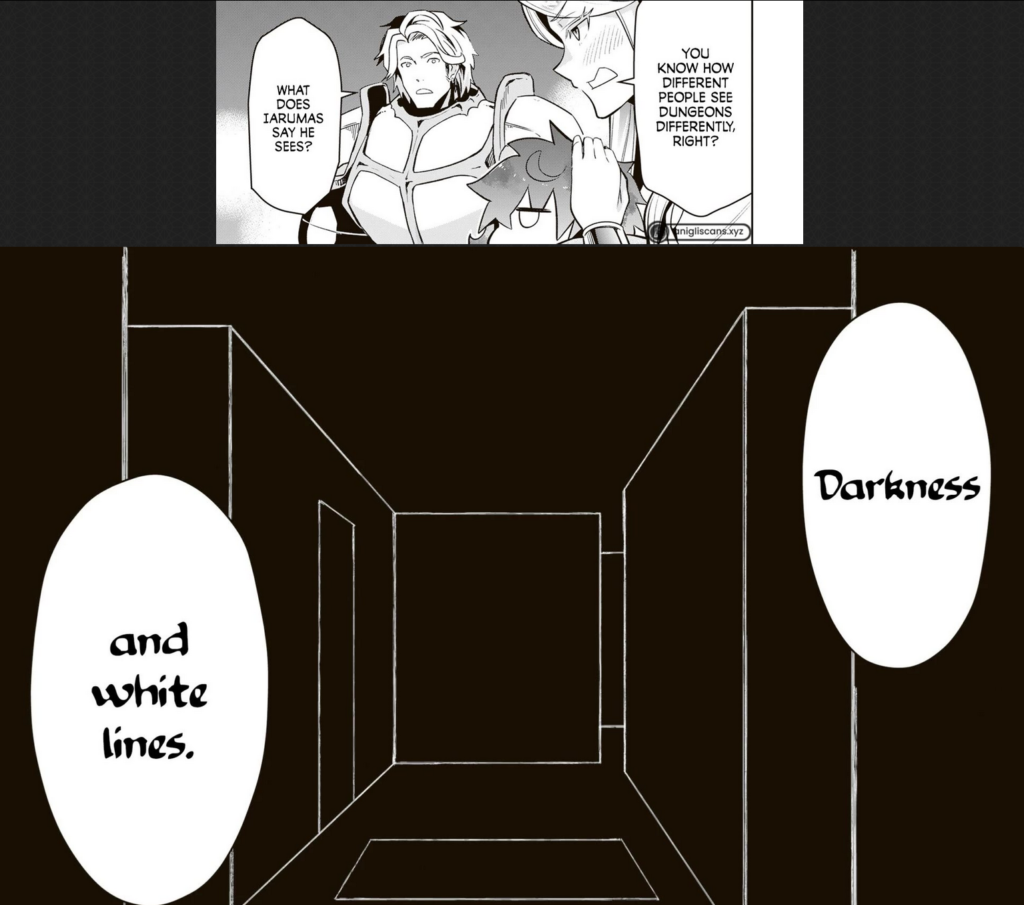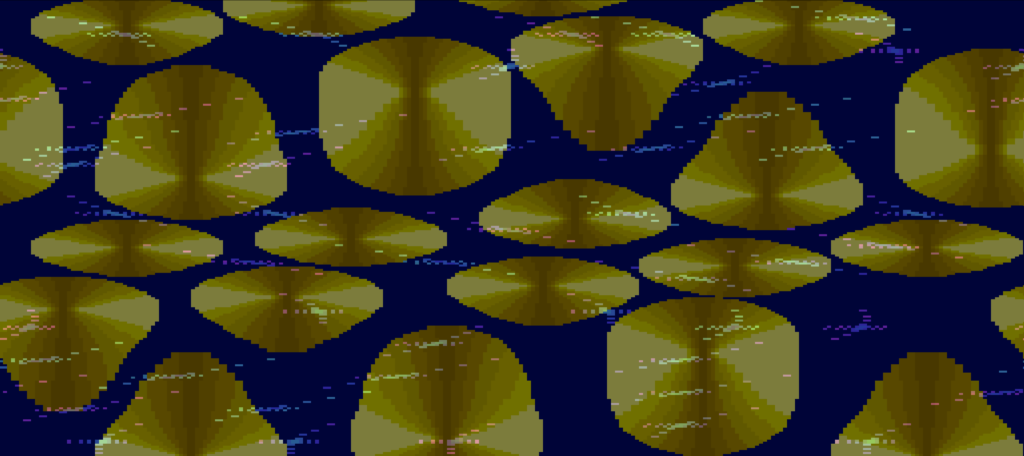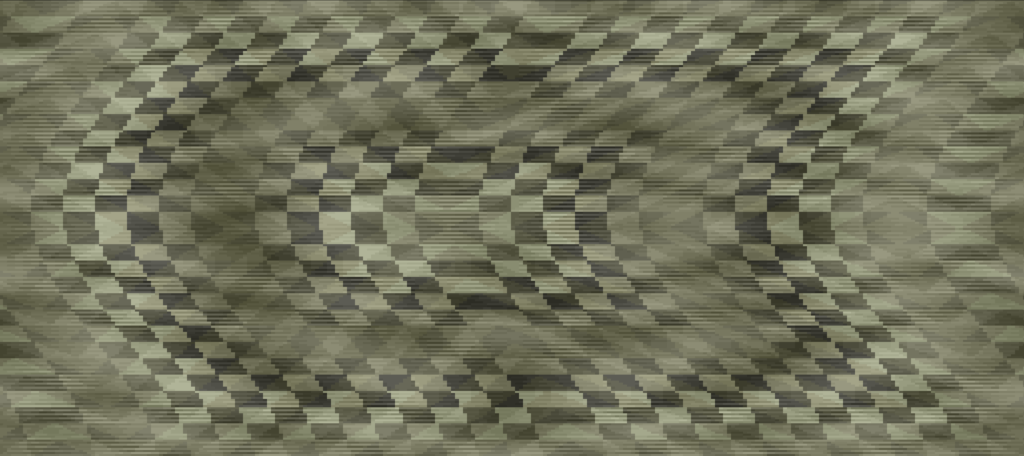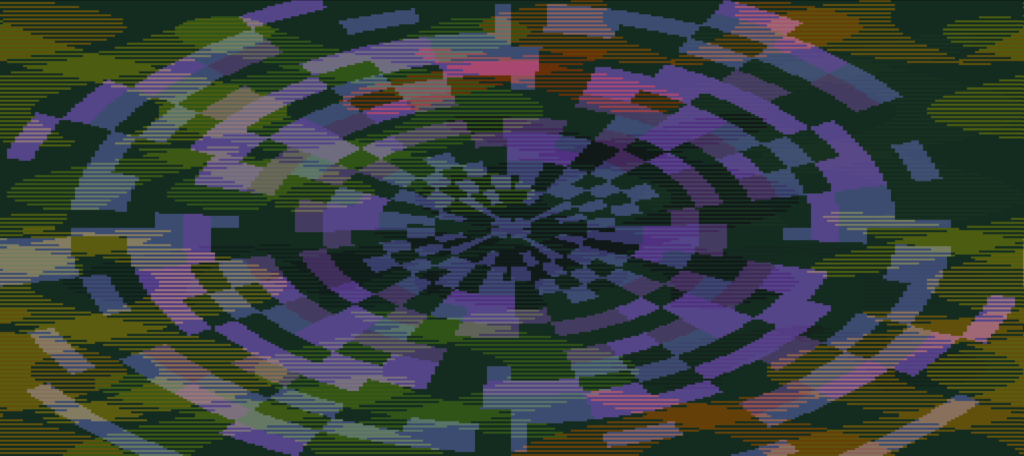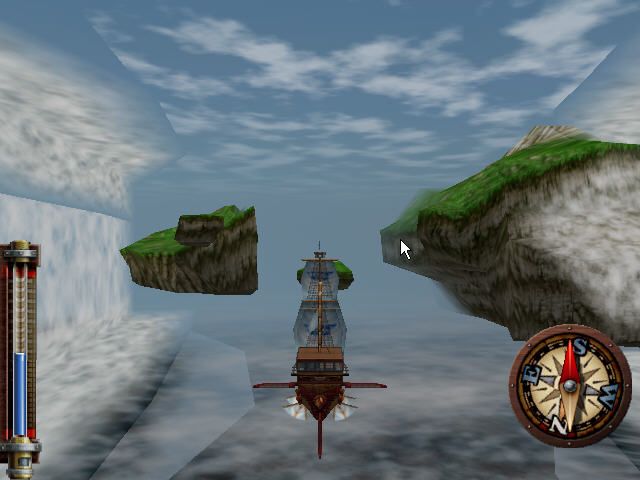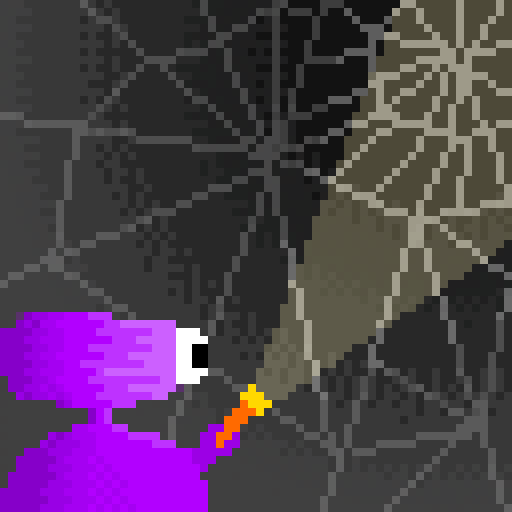
The World Wide Web is now over thirty years old. In that time, more content has vanished from it than remains now, but some of it can still be dredged up from the shadowy archives of the Wayback Machine. This is the latest chapter in our never-ending search to find the cool gaming stuff that time forgot….
We posted to the long-lived FFVI site (which a handful of old people may still think of as Final Fantasy III) Caves of Narshe a few days ago. In looking up stuff about it I ran across a few other sites too that I figured I might call out. Because while humans may read this site, Google reads it too, and if I can help those other sites somehow rank above the evil and exploitive Fandom sites, then I think I can devote a day’s post to that cause.
I am being hyperbolic when I say that video game sites used to be 10% of the internet by weight, but it doesn’t feel like it. And that used to be a good thing. Nowadays it seems like many of the people who were enthusiastic about both games and the internet also have strong opinions about Ethics In Game Journalism and 8chan. I don’t know if that’s true about the people I’m linking to now; I can only hope that it isn’t.
There’s Imzogelmo’s Final Fantasy III, who wrote game patches for the ROM, tools for examining it and investigations of how it works.

Djibriel’s page Collapse of Heaven and Earth is hosted by Caves of Narshe, and bears information on FFVI, FFV and a couple of other games.
Also hosted on CoN is Master ZED’s list of FFVI (III) patches. These patches are useless to people playing the remakes of course: the ones for Playstation, Gameboy Advance, mobile (which I hear are gone now, good job SquareEnix), Steam, Switch and probably other platforms. There are some guides here too. One entertaining one, if you are entertained by the kinds of things that I’m entertained by, is SharkESP’s Low Level FAQ, a monument to breaking the game.





